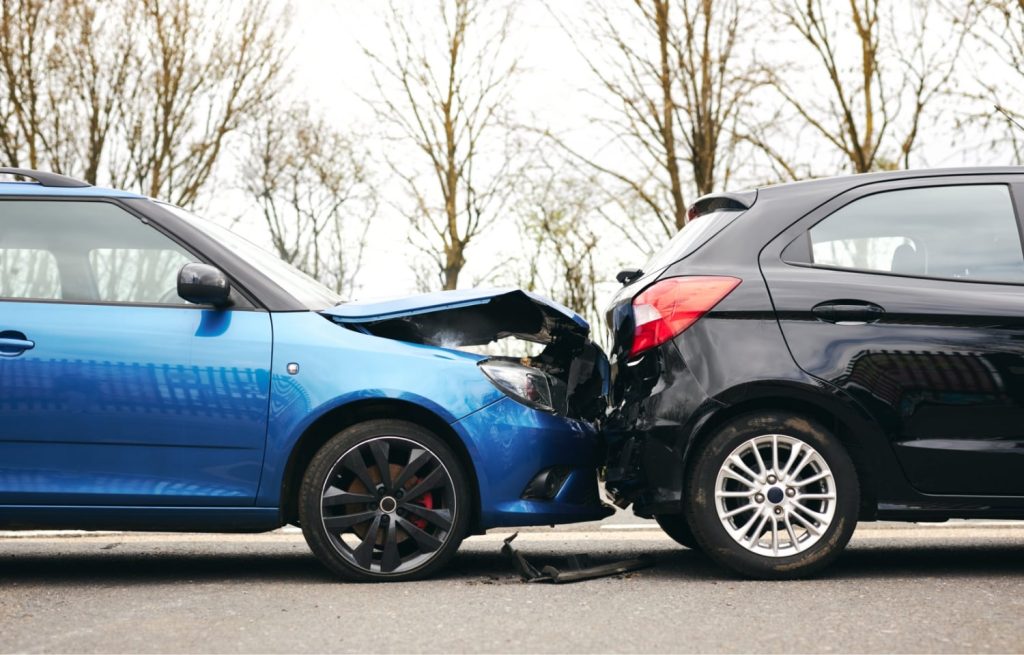Air disasters are not usually the fault of only one individual. Often, many mistakes occur at once, turning a safe trip into a catastrophe.
In those cases, many professionals in the airline industry can face liability if they fail to live up to professional standards. Negligence or willful misconduct of air traffic controllers can expose them to air traffic liability.
Let us set the scene: a small aircraft struggles in the sky mere seconds before disaster strikes. Imagine that small plane coming in for a landing at a regional airport during inclement weather. Consider every individual, from the pilot to the air traffic controller, who bears responsibility for ensuring that a plane reaches the runway safely:
- Is the pilot qualified and experienced with landing in stormy conditions?
- Did the mechanic keep the plane in good working condition?
- Did the plane have any design flaws that contributed to the incident?
- Did the air traffic controller provide the pilot with appropriate instructions?
In the aftermath of any accident, personal injury attorneys work to identify the people responsible for injuries and damage. Air traffic liability in Florida airports contributes substantially to many lawsuits after an air accident or a runway mishap. If air traffic controllers are inattentive, inexperienced, or impaired on the job, they can be the subject of litigation.
Pam Olsen Law has a track record of sticking up for clients at difficult times of their lives. We want every air traveler in our Ocala, FL, community to know their rights in air traffic litigation.
This article is for informational purposes and does not constitute professional legal advice.
The Role of the Air Traffic Controller
The air traffic controller plays a vital role in any airport’s operation, whether in Florida or across the globe. Pilots depend on air traffic controllers to direct planes safely to open runways. Air traffic controllers also communicate with pilots during emergencies and prevent collisions in the air.
An air traffic controller will not be held liable after a crash under certain circumstances. Above all, they must demonstrate that they performed up to the professional standards you would expect from a reasonable and prudent controller. If the air traffic controller fell short of that standard, they might be legally responsible for your injuries.
How Air Traffic Controllers Could Be at Fault
An air traffic controller’s job demands focused, unwavering attention on multiple aircraft and the ground crew. Any factors that prevent the air traffic controller from doing a professional job could expose the controller, their supervisor, or others to liability.
An air traffic controller could be at fault if they:
- Talk on a cell phone or text while directing air traffic
- Work while under the influence of alcohol or drugs
- Go to sleep or zone out for a moment
- Give unclear directions to a pilot
- Lose track of planes in the air or on the ground
- Create a distracting environment for other air traffic controllers
- Become overwhelmed in moments of heavy air traffic
Everybody makes mistakes, and any air traffic controller has a challenging job. Yet, even air traffic controllers have to take responsibility for their actions. Legal action helps make us all safer by holding air traffic controllers to high standards.
Legal Action against Air Traffic Controllers in Florida
An air traffic controller could be responsible even if they did not communicate with the pilot or co-pilot of your plane. If the air traffic controller ignored unsafe conditions and failed to warn your pilot, they might be at fault.
Even in atypical cases, plaintiffs pursue potential claims of negligence by air traffic controllers and other parties. For instance, they may attempt to hold an air traffic controller responsible if the cause of a plane crash was faulty aircraft design.
Federal aviation law limits an airplane manufacturer’s liability. Specifically, the law releases them from strict liability for planes older than 18 years. The logic is that the manufacturer has done what they reasonably could in creating a part that served reliably for 18 years.
In such cases, plaintiffs must seek money from other parties in the aviation industry. These parties may include pilots, airlines, and distributors. Therefore, air traffic controllers sometimes face liability if a part fails.
Why would an air traffic controller bear some of the blame? Perhaps they negligently contributed to conditions that stressed the broken part. Furthermore, they may have failed to assist the pilot after a mechanical failure of the aircraft.
Attorneys with experience in commercial aviation cases know the right questions to ask to establish air traffic liability after a crash. They will pore over recordings and transcripts of air traffic communications, looking for lapses of attention. By deposing witnesses in the tower and the cockpit of other flights, they can potentially uncover any failure of judgment or moments of inattention that led to your crash.
The Legal Framework for Air Traffic Control Liability
Air traffic investigations can be complex because many people can share culpability. Consequently, many state and federal agencies play a role in air crash investigations. The Federal Aviation Administration, Federal Bureau of Investigation, and National Transportation Safety Board jointly investigate crashes.
Cases become even more complex with accidents involving international flights. Accidents that involve an international carrier can involve plaintiffs and regulatory agencies from many foreign countries.
The Chicago Convention on International Civil Aviation of 1944 established a licensing and regulatory framework for air traffic controllers. Crucial to this framework are requirements for air traffic controllers.
Personal Injury Claims Involving Air Traffic Control
Have you or a family member suffered an injury or property damage in an aviation accident? It’s natural to find the prospect of a legal case daunting. You might face high medical bills, anxiety, and uncertainty about what to expect from the justice system.
If you or a loved one have been injured in an airport accident, now is the right time to seek help. Contact Pam Olsen, Esq. today for free consultation at (352) 671-9777. Or if you prefer, you can complete this simple contact form
 CALL US NOW
CALL US NOW




